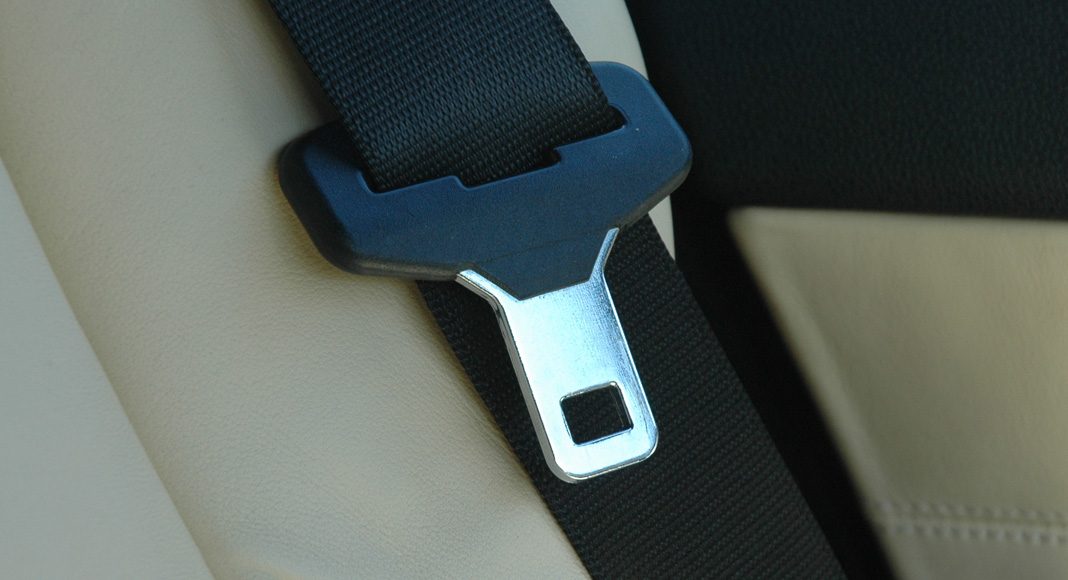Seat belt use in the United States has reached its highest level since the Federal government began regular national surveys in 1994, according to a study released by the U.S. Department of Transportation’s National Highway Traffic Safety Administration (NHTSA).
“The best way folks can protect themselves in their cars is by wearing a seat belt,” said U.S. Transportation Secretary Anthony Foxx. “Whether you’re a driver or passenger, in the front seat or back, the simple act of wearing a seat belt significantly reduces the risk of fatality and major injury in a crash.”
The new data – drawn from a large-scale observational study conducted by NHTSA in June 2016, shows daytime seat belt use (drivers and right-front passengers of passenger vehicles from 7 a.m. to 6 p.m.) reached 90.1 per cent, a statistically significant increase from 88.5 per cent in 2015. The study, known as the National Occupant Protection Use Survey (NOPUS), is the only survey that provides nationwide probability-based observed data on seat belt use in the United States.
“Vehicles have many more safety features today than ever before, but there is nothing more important than the simple seat belt,” said NHTSA Administrator Mark Rosekind. “We are encouraged by this progress, but with so many people still dying in crashes because they are not wearing their seat belts, we will not rest until we reach 100 per cent.”
Even with a higher belt use, nearly half (48 per cent) of people killed in crashes in 2015 were not wearing their seat belt. When used properly, lap/shoulder belts reduce the risk of fatal injury to front-seat passenger car occupants by 45 per cent, and the risk of moderate-to-critical injury by 50 per cent.
Seat belts saved nearly 14,000 lives during 2015 alone and an estimated 345,000 lives since 1975.



















